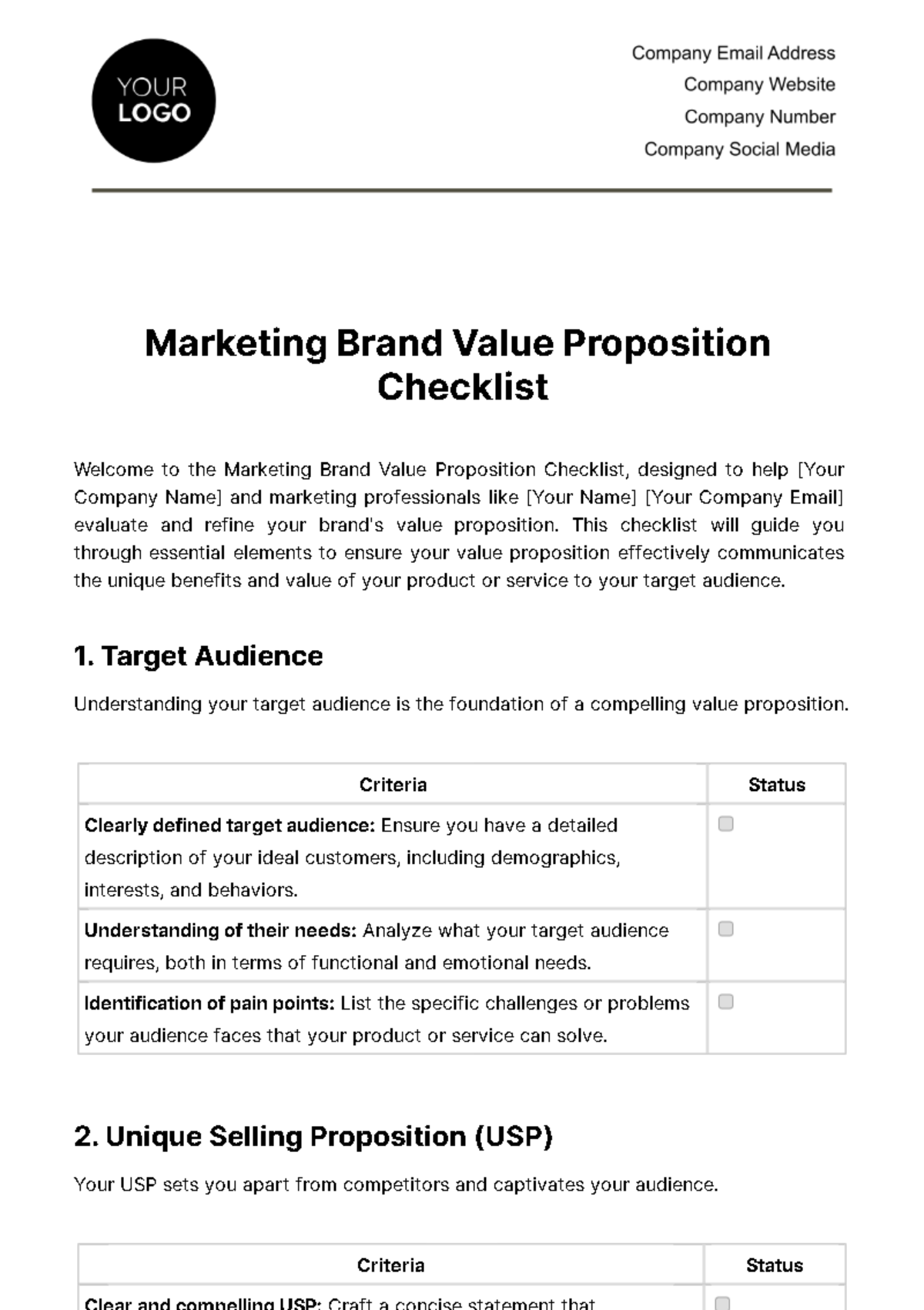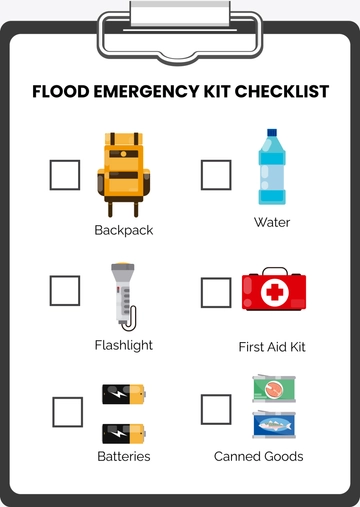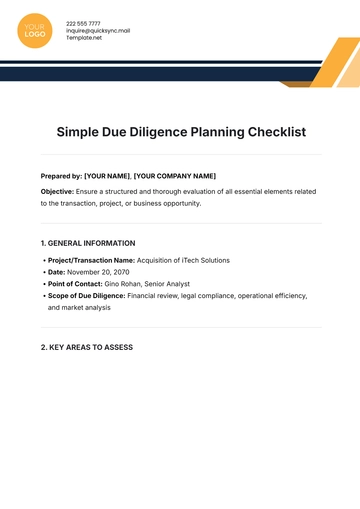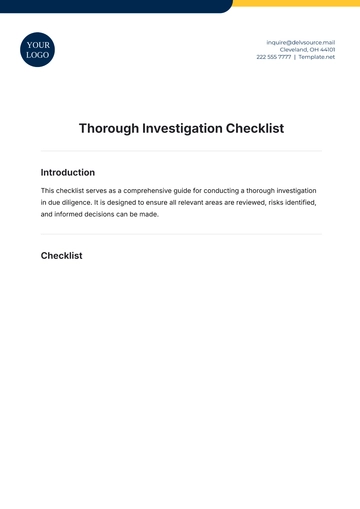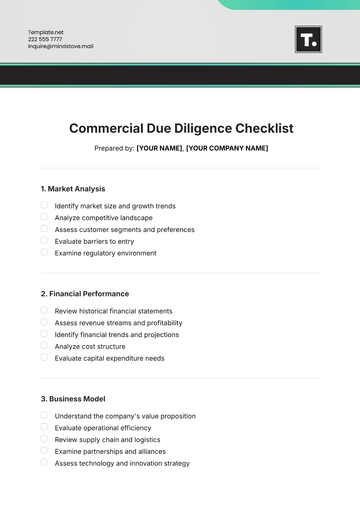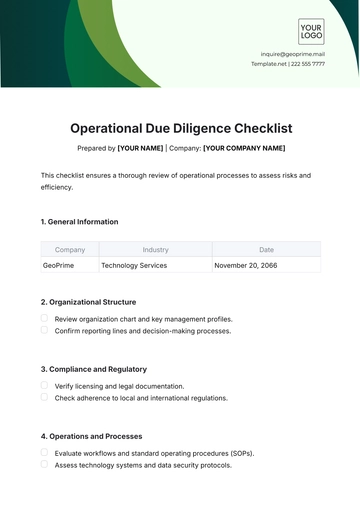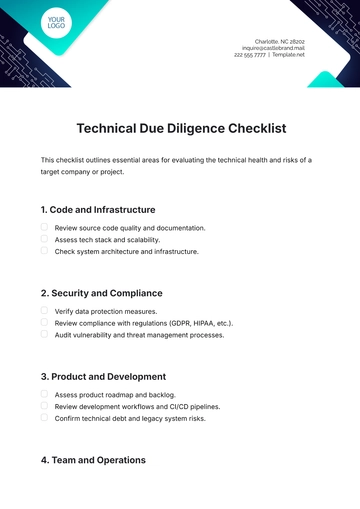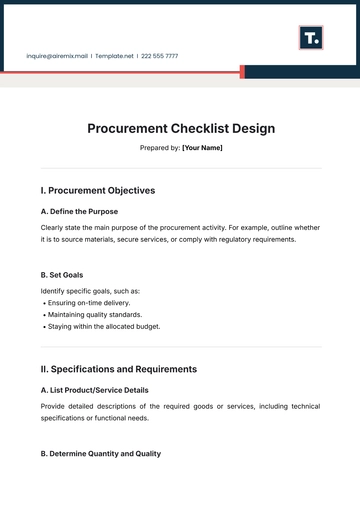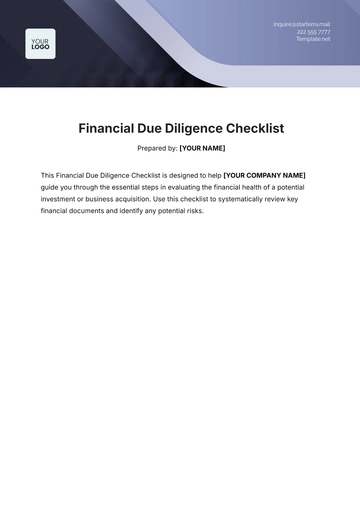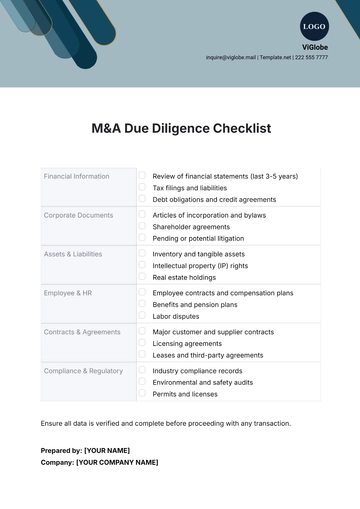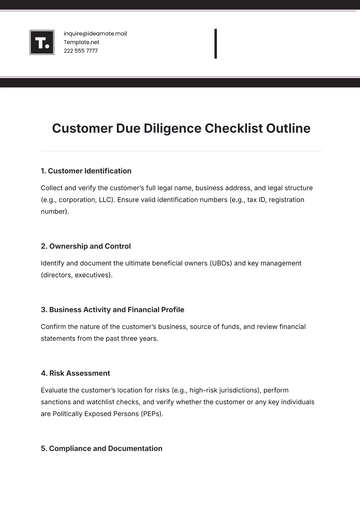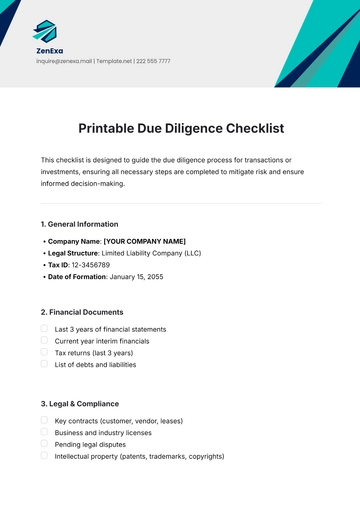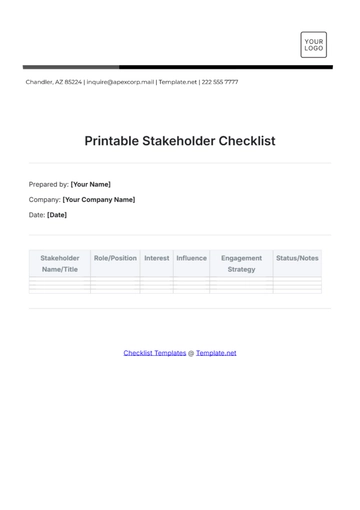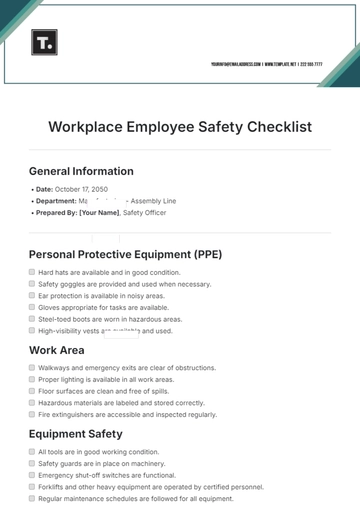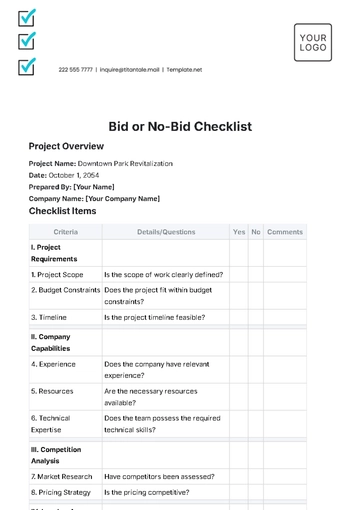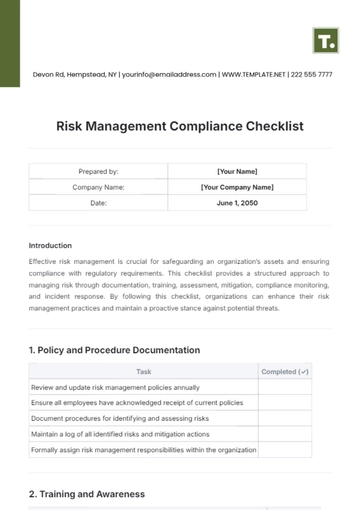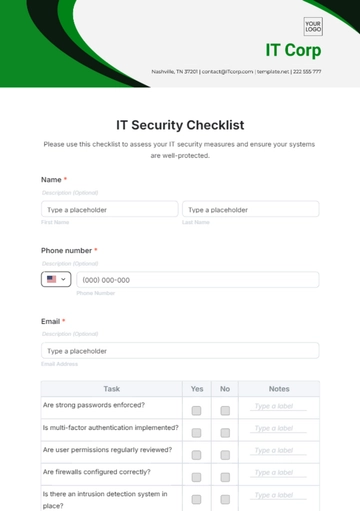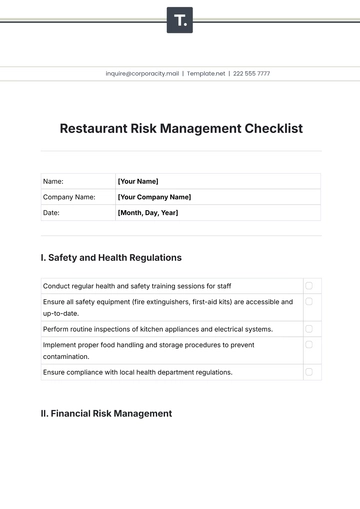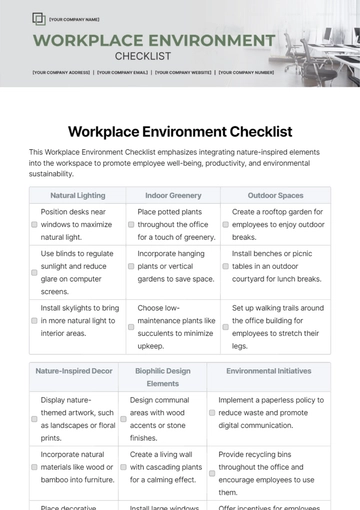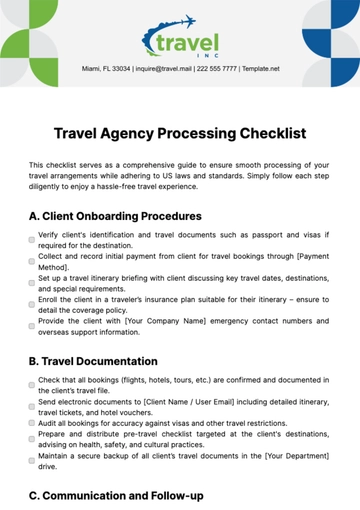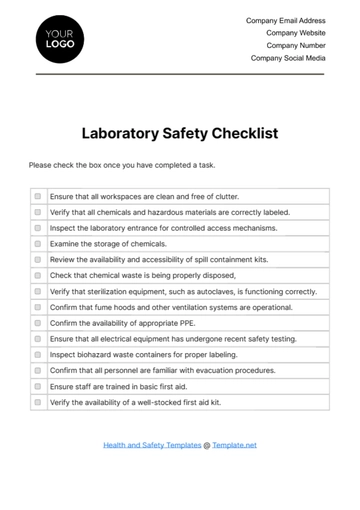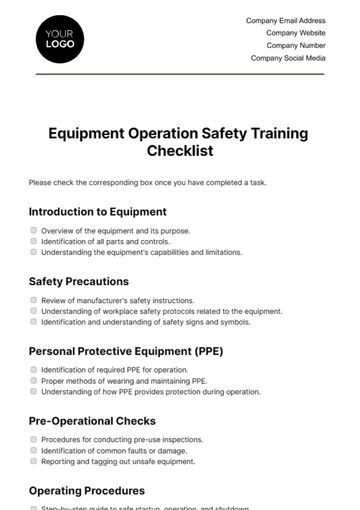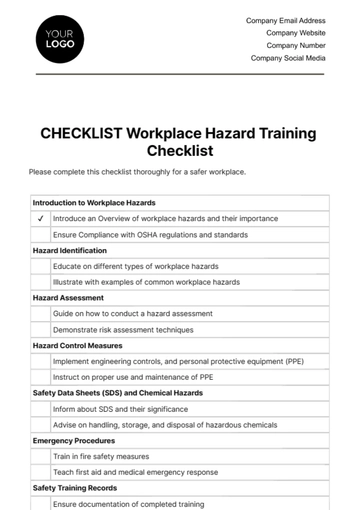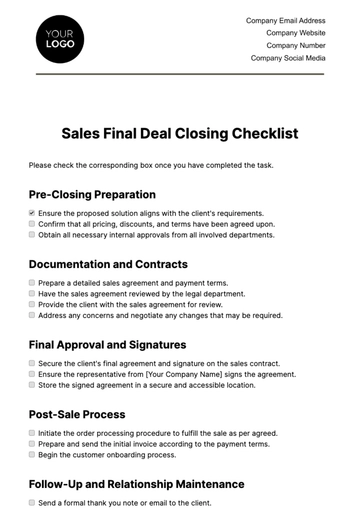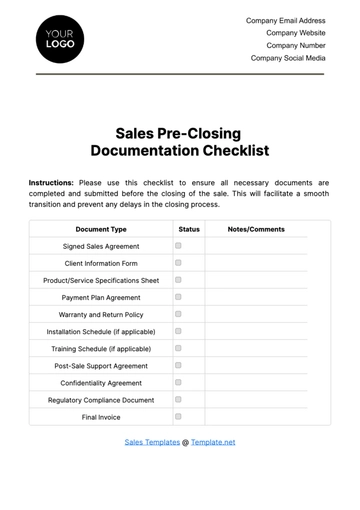Marketing Brand Value Proposition Checklist
Welcome to the Marketing Brand Value Proposition Checklist, designed to help [Your Company Name] and marketing professionals like [Your Name] [Your Company Email] evaluate and refine your brand's value proposition. This checklist will guide you through essential elements to ensure your value proposition effectively communicates the unique benefits and value of your product or service to your target audience.
1. Target Audience
Understanding your target audience is the foundation of a compelling value proposition.
Criteria | Status |
Clearly defined target audience: Ensure you have a detailed description of your ideal customers, including demographics, interests, and behaviors. | |
Understanding of their needs: Analyze what your target audience requires, both in terms of functional and emotional needs. | |
Identification of pain points: List the specific challenges or problems your audience faces that your product or service can solve. | |
2. Unique Selling Proposition (USP)
Your USP sets you apart from competitors and captivates your audience.
Criteria | Status |
Clear and compelling USP: Craft a concise statement that encapsulates the most significant benefit or differentiator of your product or service. | |
Highlight what makes you unique: Focus on what sets you apart from competitors; it could be innovation, quality, pricing, or a combination thereof. | |
3. Benefits and Features
List the key benefits and features of your offering.
Criteria | Status |
Key benefits identified: Enumerate the primary advantages your product or service offers to customers. | |
Key features highlighted: Describe the standout features that support these benefits. | |
4. Value Communication
Your value proposition must be clear and easy to understand.
Criteria | Status |
Concise and compelling statement: Craft a brief, impactful value proposition statement that leaves a lasting impression. | |
Easy to understand and remember: Ensure that your statement avoids jargon and is easily recallable. | |
5. Competitive Analysis
Analyze your competitors' value propositions.
Criteria | Status |
Research on competitors' value propositions: Study what your competitors are offering and how they communicate their value. | |
Comparison with your value proposition: Identify the unique aspects of your value proposition that differentiate you from competitors. | |
6. Customer Pain Points
Address the specific problems or challenges your customers face.
Criteria | Status |
Identification of customer pain points: List the specific issues or difficulties that your product or service can alleviate. | |
Alignment with value proposition: Ensure that your value proposition directly addresses these pain points. | |
7. Proof and Validation
Support your value proposition with evidence and validation.
Criteria | Status |
Evidence or data supporting your value proposition: Provide statistics, research findings, or any data that reinforces your claims. | |
Incorporation of testimonials, case studies, or social proof: Include real customer testimonials, success stories, or endorsements to build trust. | |
8. Alignment with Brand Identity
Ensure your value proposition aligns with your brand's identity.
Criteria | Status |
Alignment with brand mission and values: Confirm that your value proposition reflects your company's broader mission and values. | |
Consistency with overall brand image: Ensure that your value proposition's tone and messaging align with your brand's overall identity. | |
9. Clarity and Simplicity
Keep your value proposition clear and straightforward.
Criteria | Status |
Avoidance of jargon: Ensure that your value proposition uses language that your target audience can easily comprehend. | |
Ease of understanding: Test your statement with individuals outside your industry to confirm its clarity. | |
10. Testing and Feedback
Gather input from customers and stakeholders to refine your value proposition.
Criteria | Status |
Testing with actual customers: Present your value proposition to real customers and gather their reactions and feedback. | |
Collection of feedback: Document the feedback received and identify areas for improvement. | |
Implementation of improvements: Make necessary adjustments based on the feedback to enhance your value proposition. | |
11. Adaptability
Ensure your value proposition can evolve with changing market conditions.
Criteria | Status |
Adaptability to market changes: Consider how your value proposition can remain relevant in response to shifting customer needs or industry trends. | |
Flexibility to accommodate growth: Plan for how your value proposition can scale as your business grows and expands. | |
12. Integration with Marketing Materials
Incorporate your value proposition consistently across all marketing materials.
Criteria | Status |
Inclusion in website, ads, and more: Ensure that your value proposition is prominently featured in your website content, advertisements, and other marketing collateral. | |
13. Consistency Across Channels
Maintain consistency in your value proposition across all customer touchpoints.
Criteria | Status |
Consistency in messaging: Confirm that the messaging in your value proposition remains consistent across different marketing channels and interactions with customers. | |
This Marketing Brand Value Proposition Checklist will guide you in refining your value proposition to effectively communicate your brand's unique value to your target audience. Remember to regularly revisit and update your value proposition as your business evolves and market conditions change. Your efforts in crafting a compelling value proposition will play a vital role in your marketing success.
For any questions or further assistance, please contact [Your Name] at [Your Company Email].
[Your Company Name] - December 20, 2050
Marketing Templates @ Template.net
